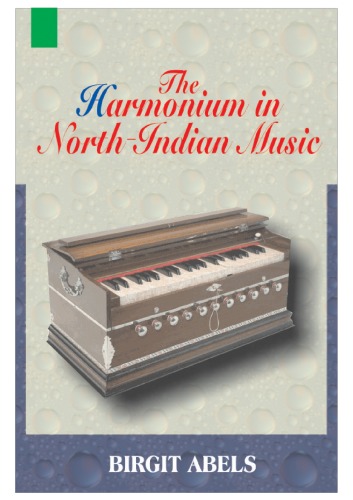

Most ebook files are in PDF format, so you can easily read them using various software such as Foxit Reader or directly on the Google Chrome browser.
Some ebook files are released by publishers in other formats such as .awz, .mobi, .epub, .fb2, etc. You may need to install specific software to read these formats on mobile/PC, such as Calibre.
Please read the tutorial at this link: https://ebookbell.com/faq
We offer FREE conversion to the popular formats you request; however, this may take some time. Therefore, right after payment, please email us, and we will try to provide the service as quickly as possible.
For some exceptional file formats or broken links (if any), please refrain from opening any disputes. Instead, email us first, and we will try to assist within a maximum of 6 hours.
EbookBell Team

4.1
70 reviewsThis book seeks to understand the complex history of the harmonium in North India, analyse the apparent conflict between musical theory and practice and describe how the instrument is used in musical practice. Is the harmonium an instrument suitable for Indian music? Can it live up to the requirements of Indian music? Can it live up to the requirements of Indian music? These questions pervade the whole book, at the end of which, they will appear in a whole new light.